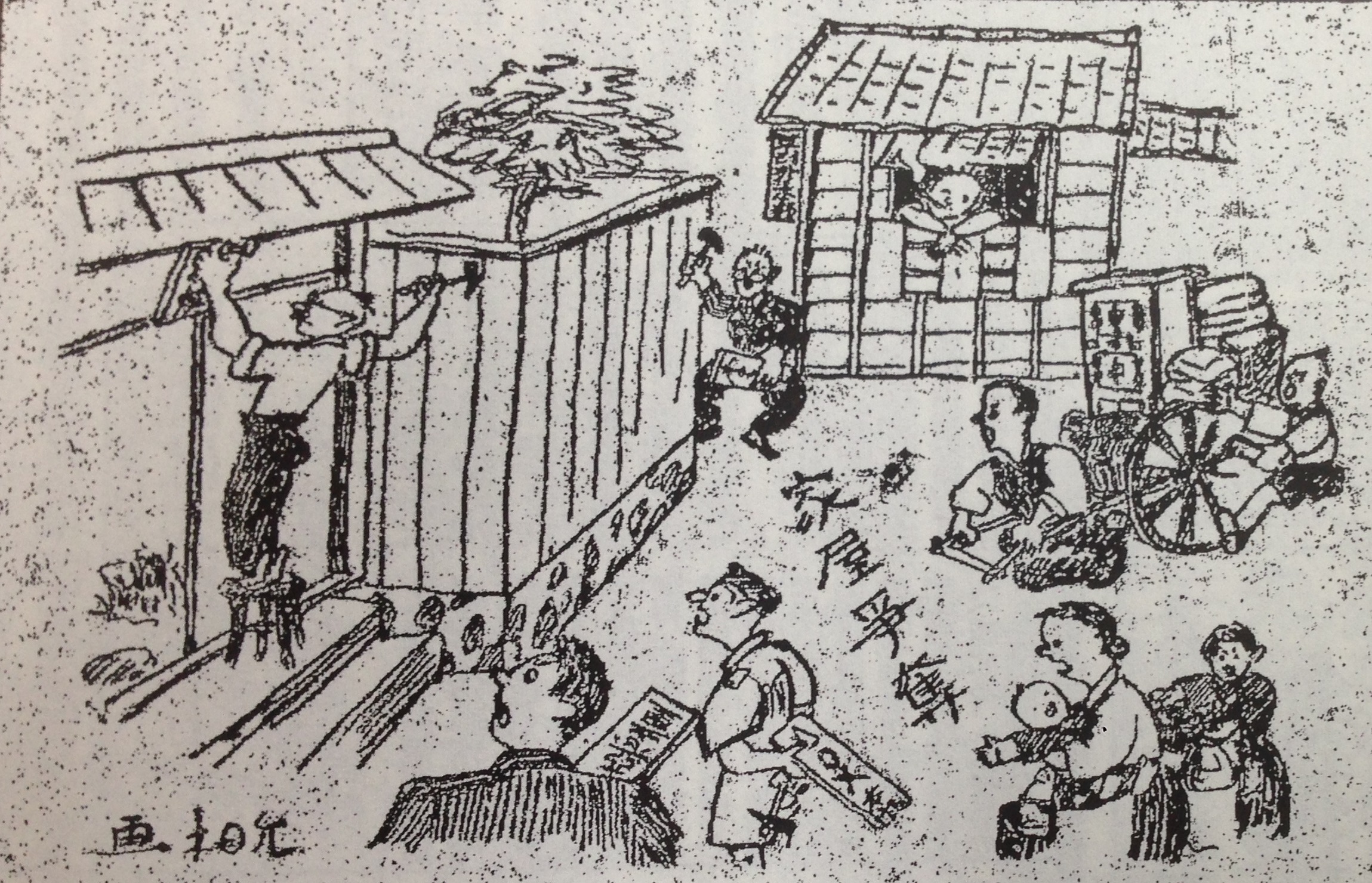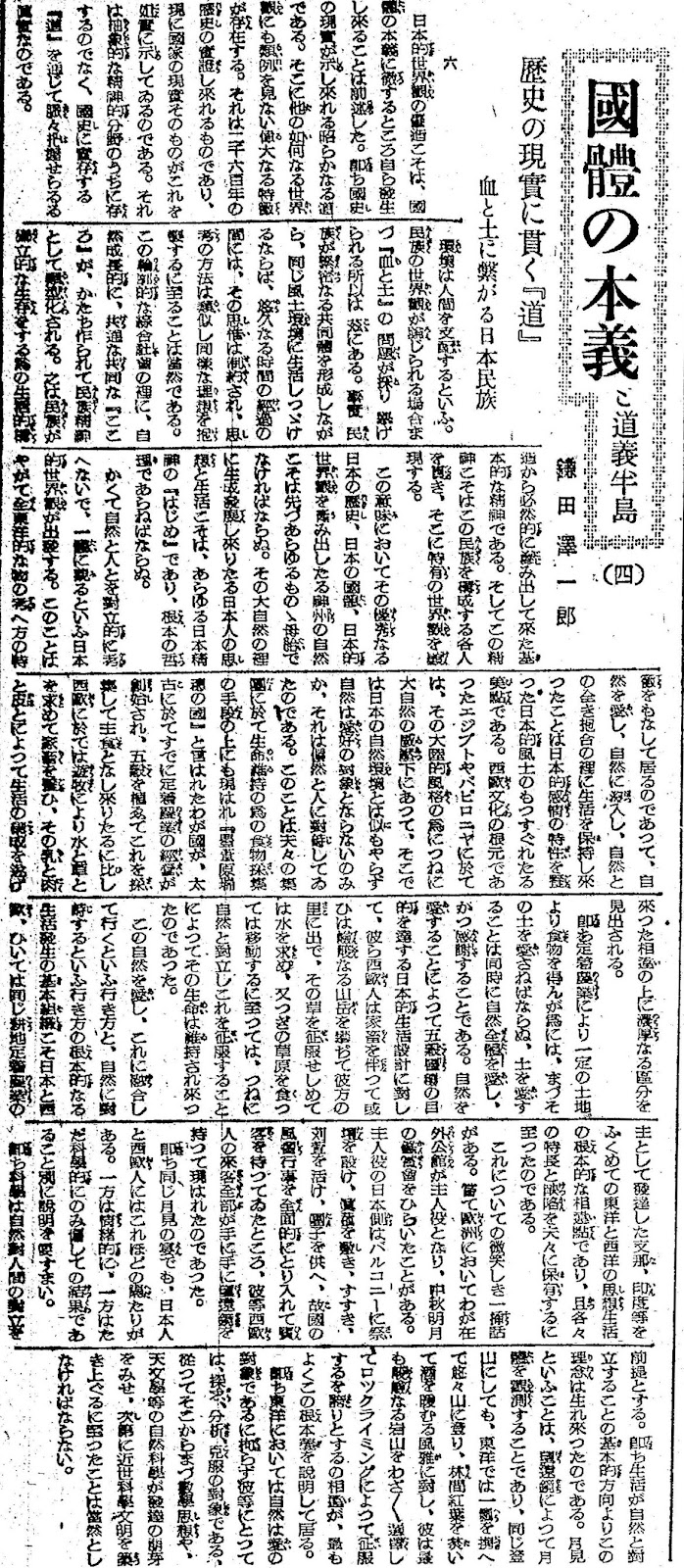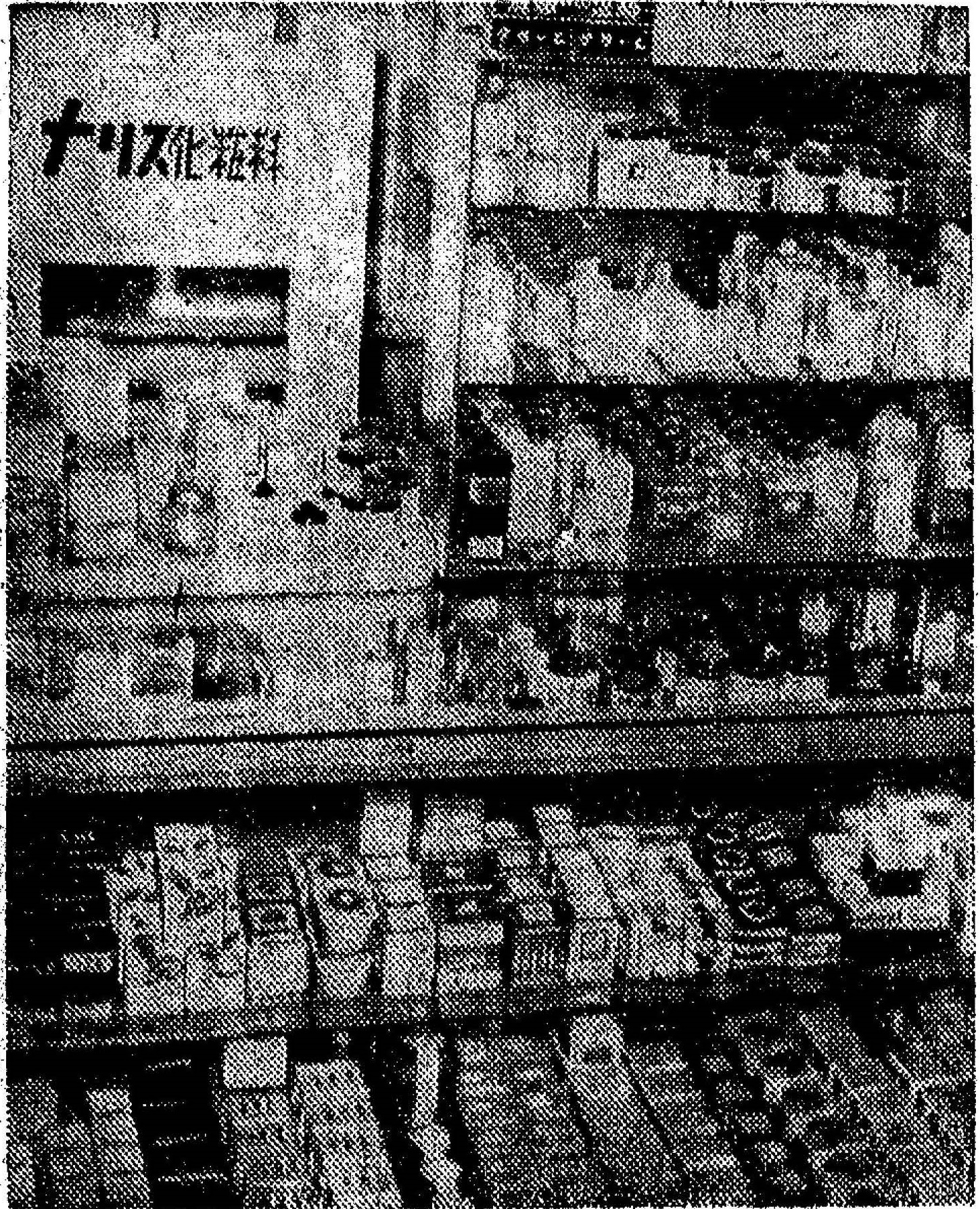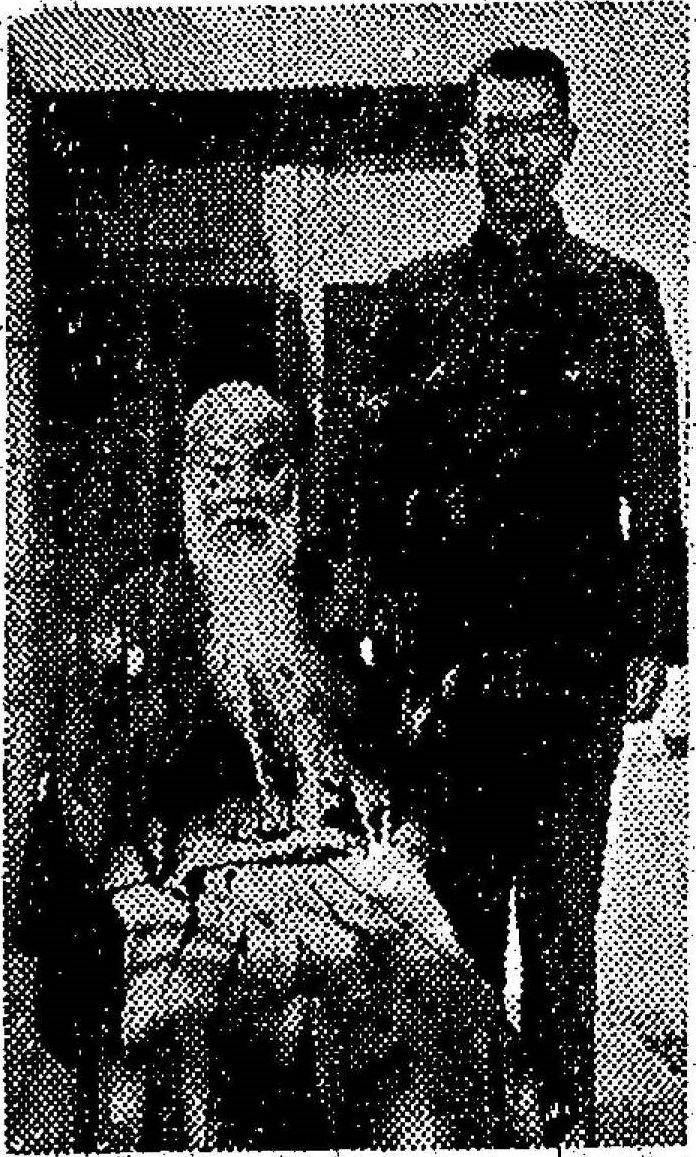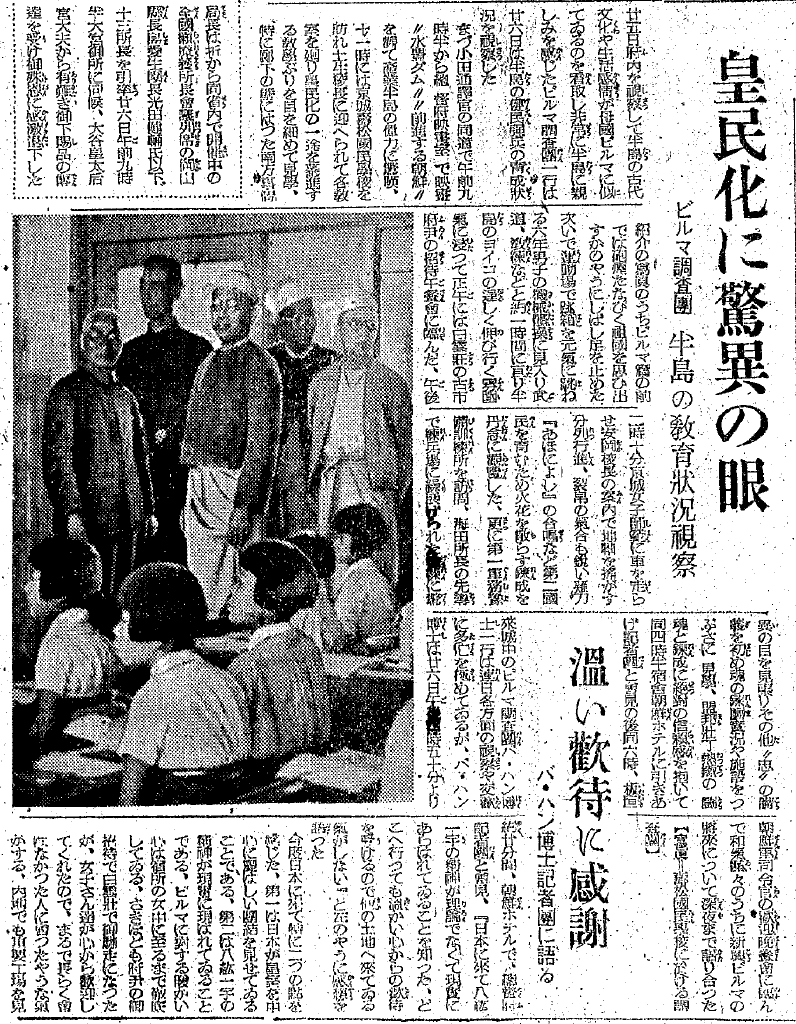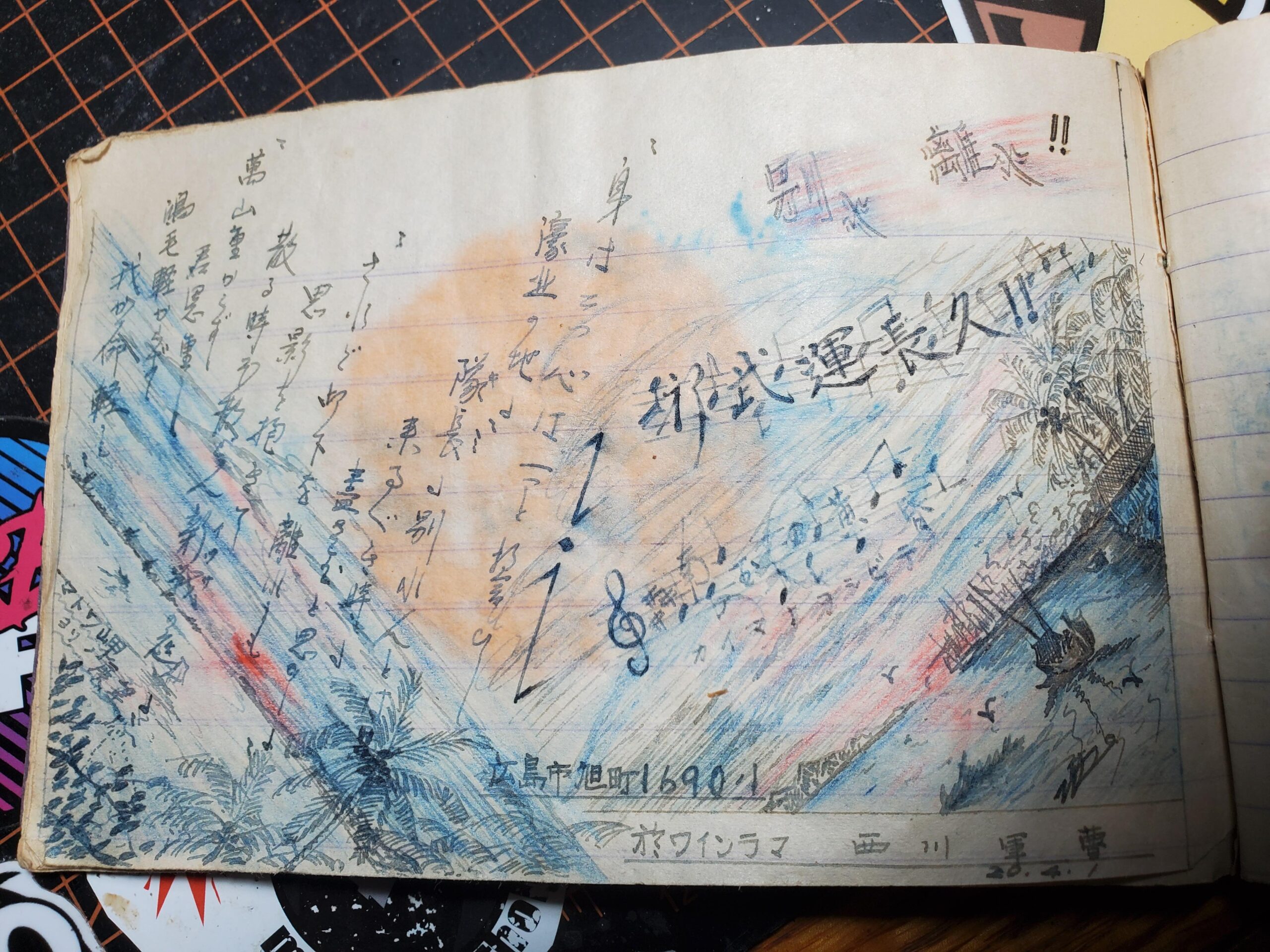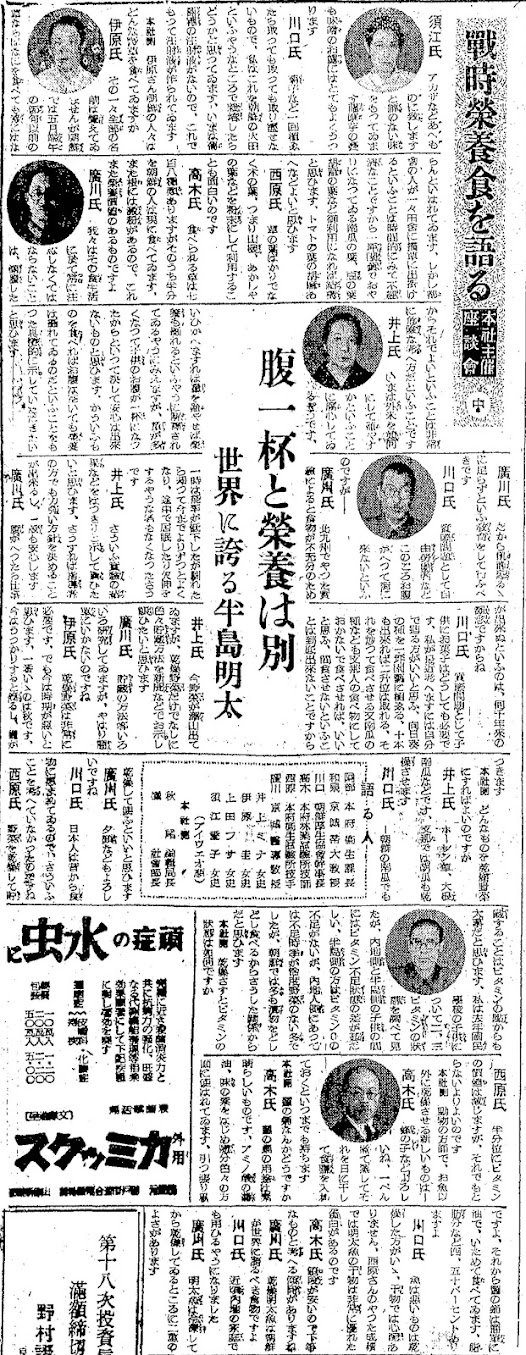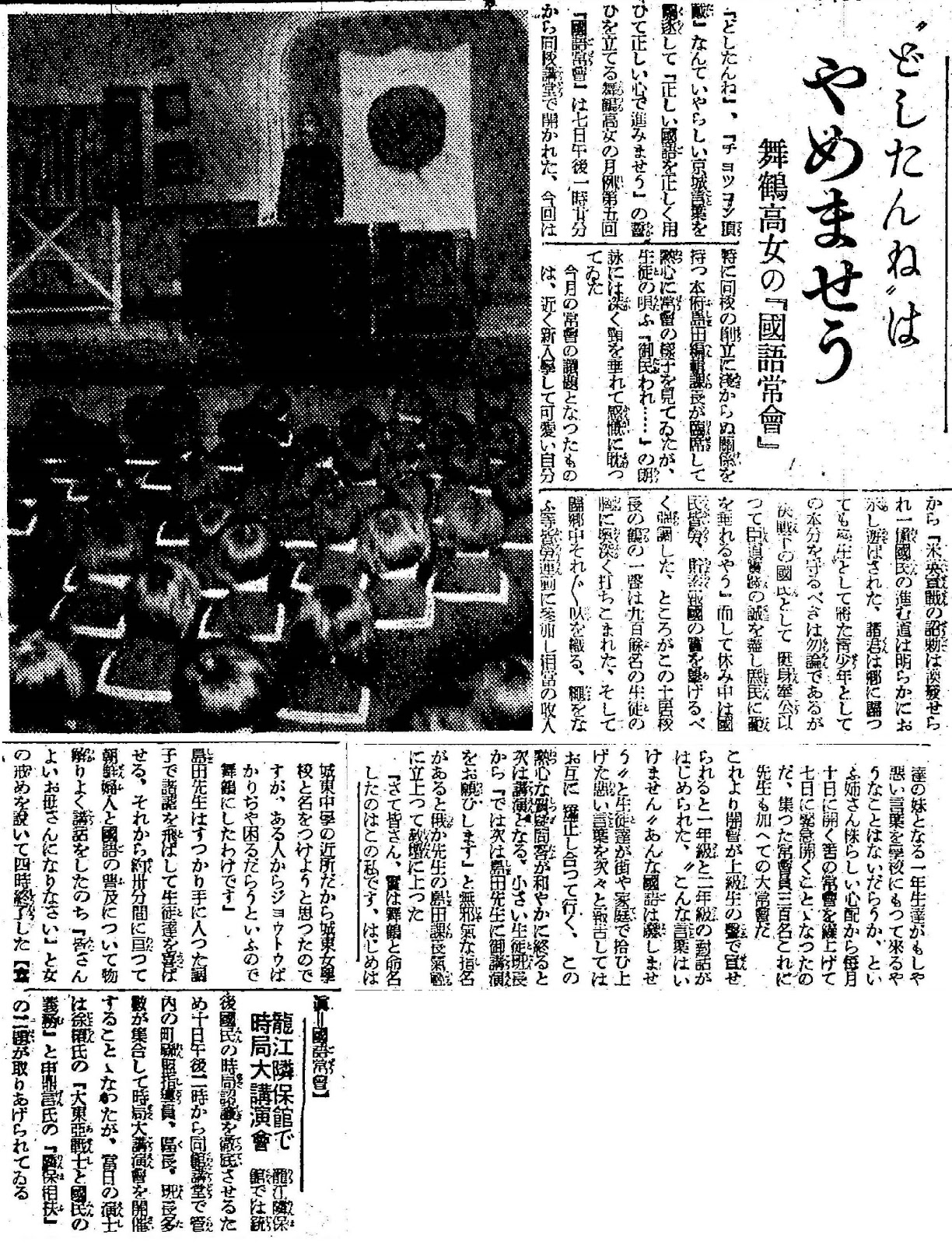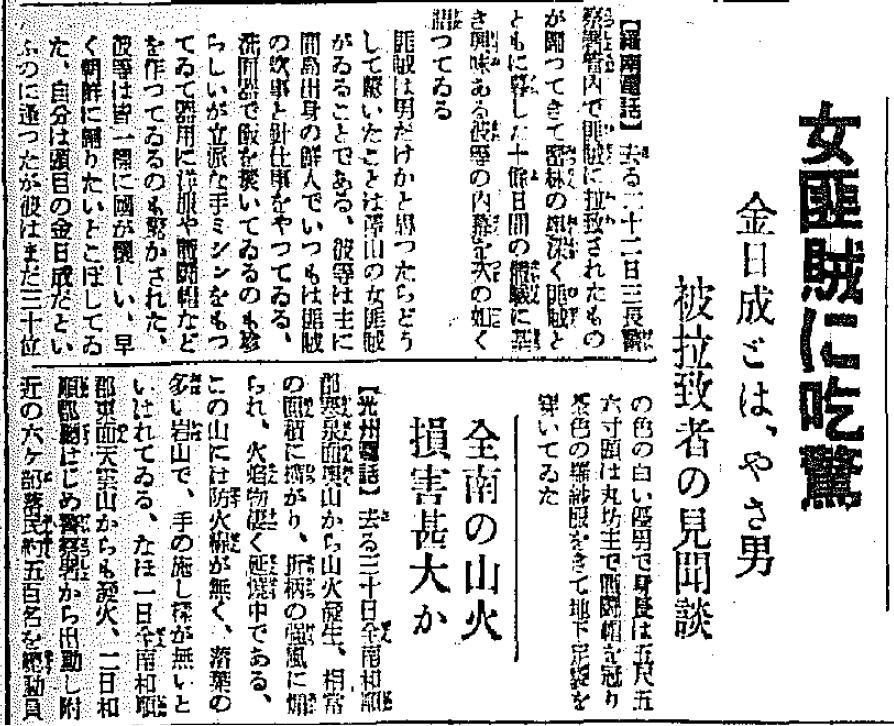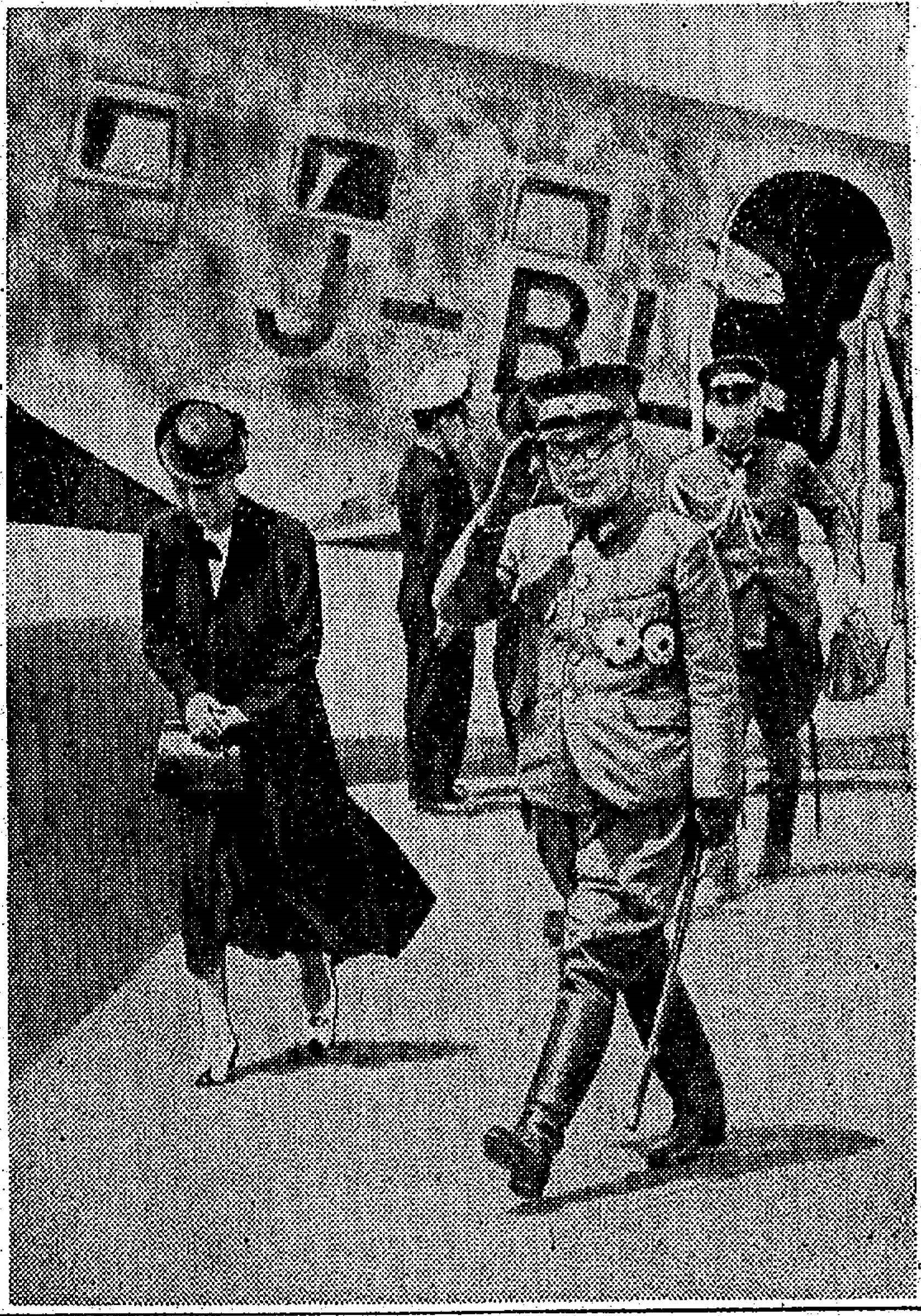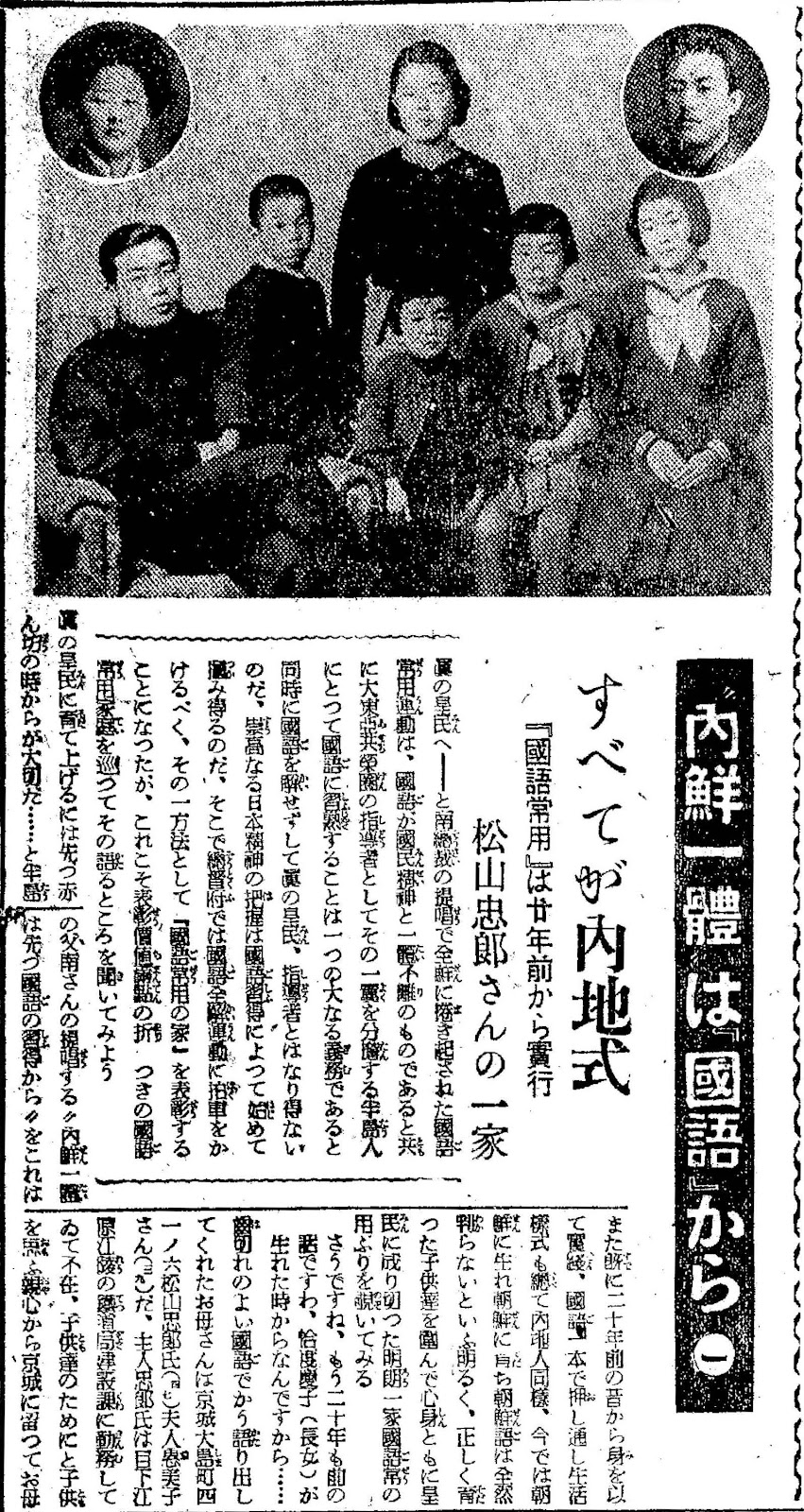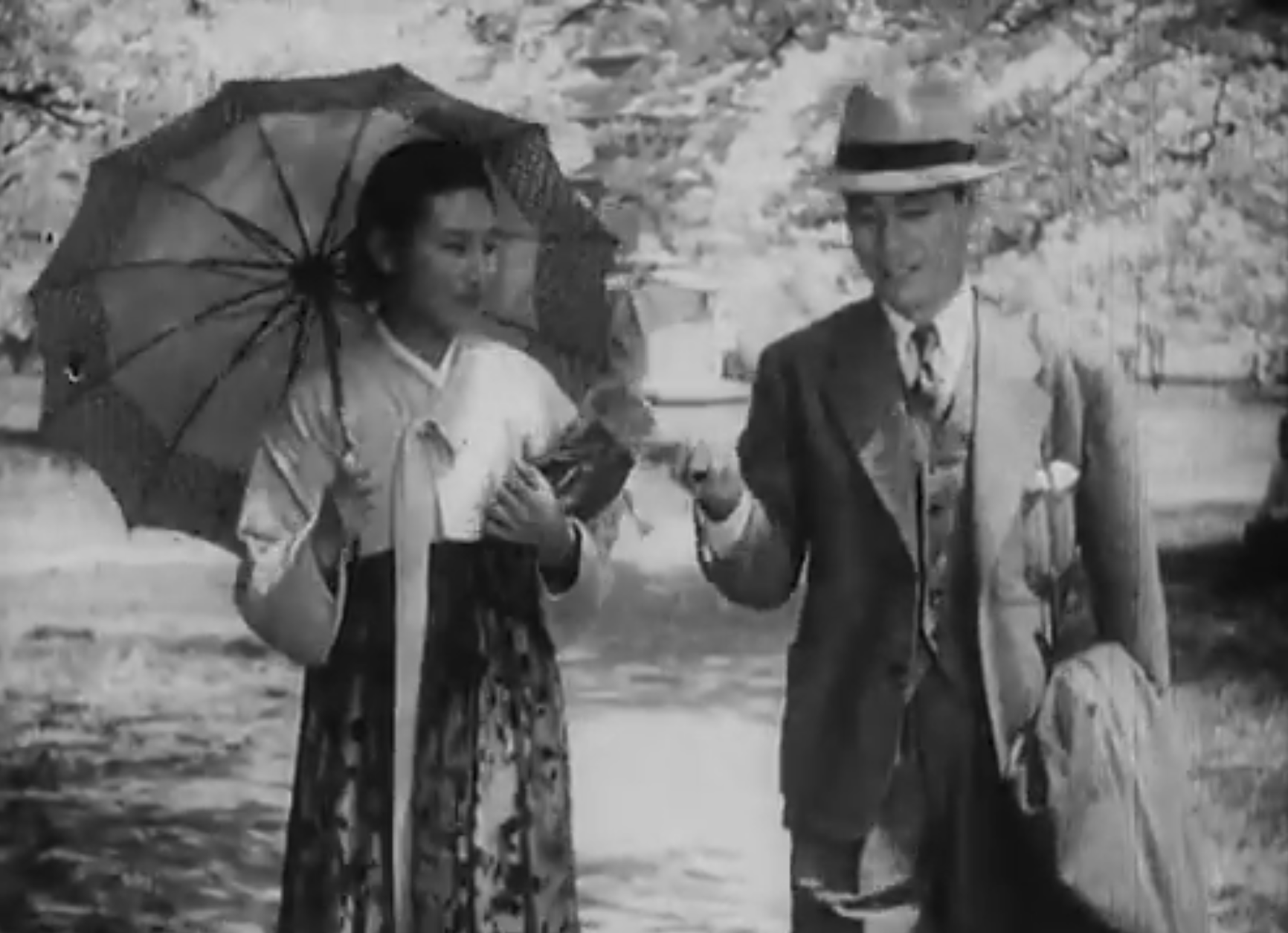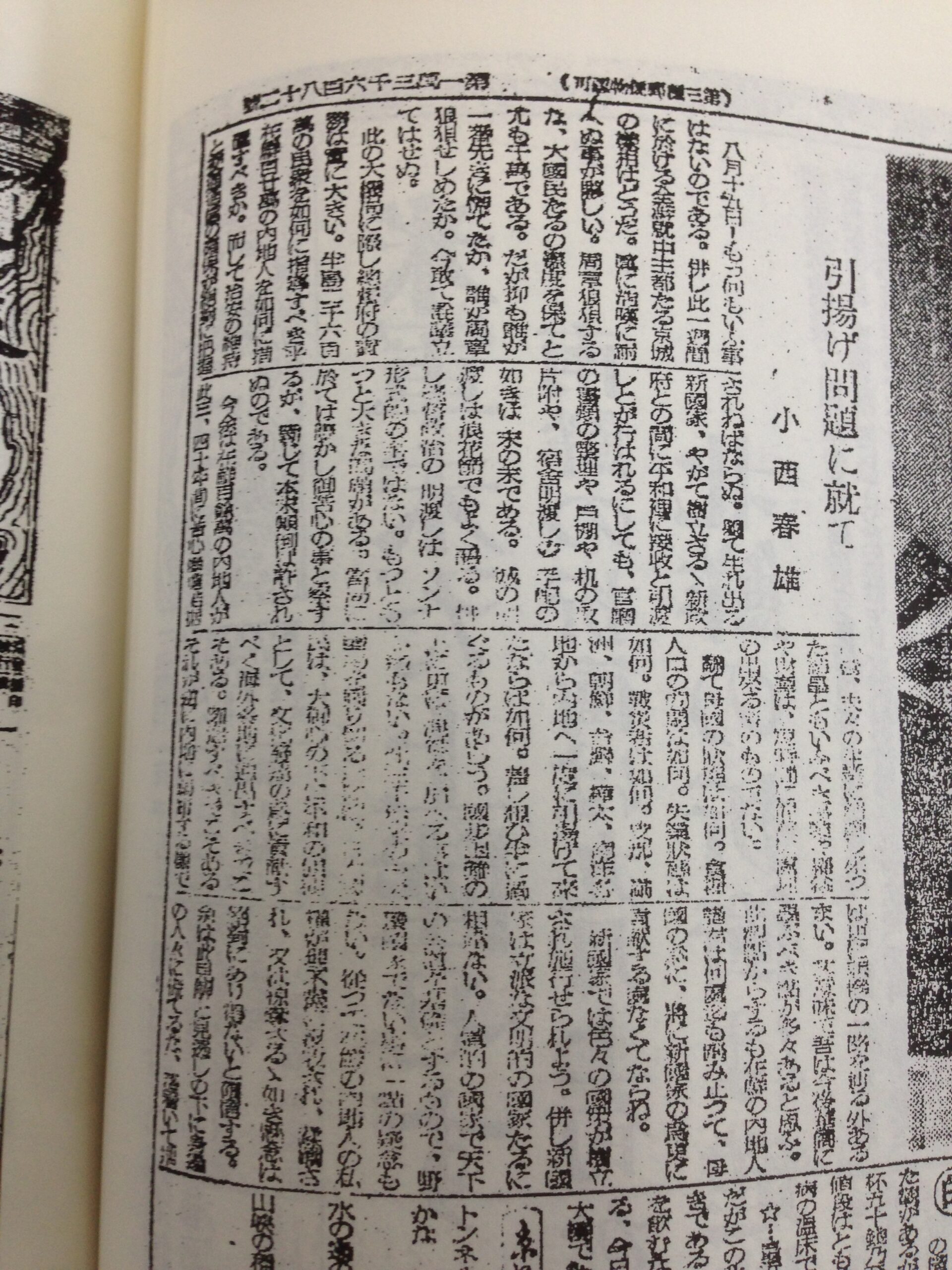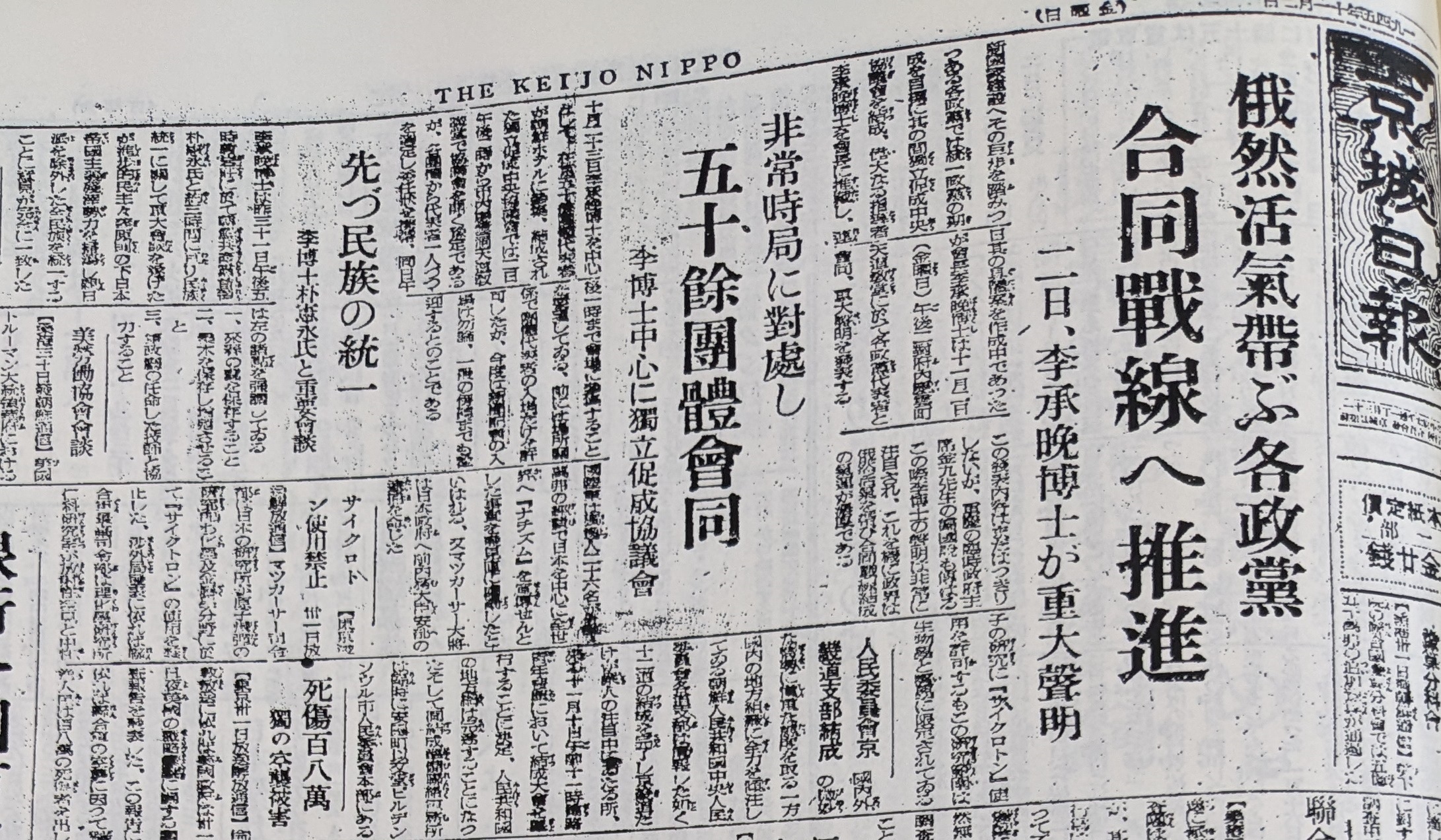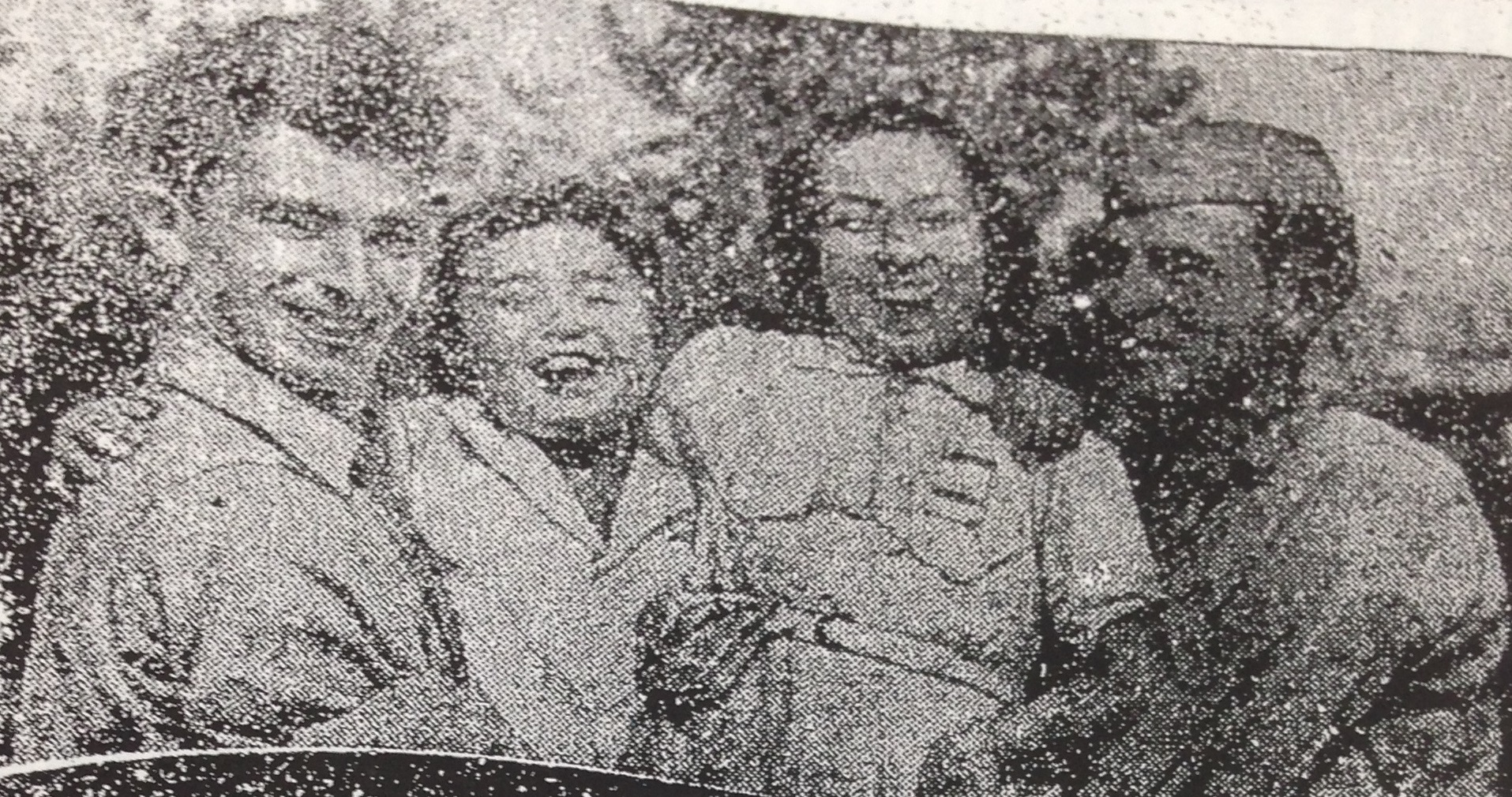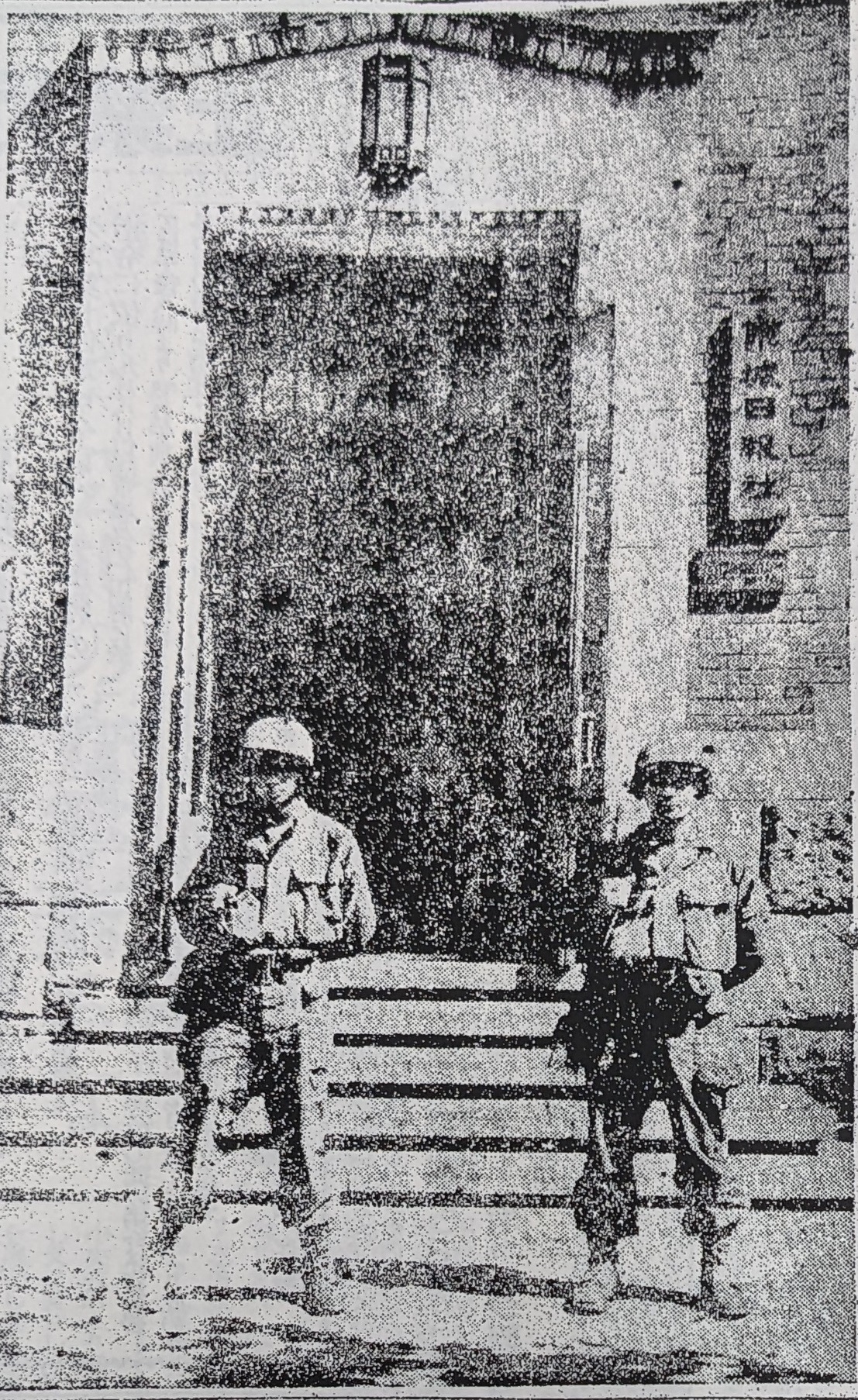
U.S. soldiers guard the Gyeongseong Ilbo (Keijo Nippo) newspaper office on September 11, 1945, three days after the start of the U.S. military occupation of southern Korea
2023-12-11
508
535
This photo is from a page in the Keijo Nippo newspaper that I stumbled upon during my visit to the National Library of Korea a few months ago. Taken on September 11, 1945, just days after the U.S. military arrived in Korea on September 8th, it shows U.S. soldiers guarding the entrance to the Gyeongseong Ilbo (Keijo Nippo) newspaper office. Keijo Nippo was the propaganda organ of the Imperial Japanese colonial regime which ruled Korea from 1905 to 1945. It is rather ironic that a newspaper that called for the destruction of the U.S. so many times during the war is being guarded by the very forces whose destruction it called for in its publications.
Today, the Keijo Nippo newspaper building no longer exists, and the Seoul Shinmun building has now taken its place.
In the Keijo Nippo newspaper, the arrival of the U.S. military occupation of southern Korea was marked by the following curfew notice which was issued by the outgoing Japanese colonial governor Ikeda on September 8th, 1945 on behalf of the U.S. military authorities. On September 9th, 1945, the Japanese colonial government issued its last directive before handing over power to the U.S. military occupation: the prohibition of raising the Japanese flag after 4:00 p.m.

[Translation]
Curfew Notice
From 8:00 PM to 5:00 AM
Effective from September 8th onwards, in both the districts of Keijō (Seoul) and Incheon, under the directive of Major General Hodge of the U.S. 24th Army Corps, from the evening of September 8th onwards, in Seoul and Incheon, passage is prohibited for anyone except those listed below from 8:00 PM until 5:00 AM the following day.
Those who violate this will be strictly punished.
Exceptions:
- Police officers, fire brigade members, civil defense members, and other night watchmen.
- Visiting doctors.
- Those who need to travel for work during the prohibited hours. In this case, government officials must have a certificate issued by their office, and others must have a certificate stating this fact from their employer and authenticated by the local police station chief.
- Persons with an outing permit issued by the U.S. Army authorities.
Dated: September 8, 1945
Gyeonggi Province Governor, Kiyosaburo Ikeda
Prohibition of Raising the Japanese Flag
A directive was issued by the Governor-General of Korea on the evening of September 8th as follows: From 4:00 PM on September 9th, 1945, the national flag of Japan shall not be raised. Any Japanese national flags or symbols that are currently visible to the public should be immediately lowered after the same time. This order is to be strictly enforced and applies to areas south of latitude 38 degrees North.
[Transcription from the September 10th, 1945 issue of Gyeongseong Ilbo (Keijo Nippo)]
通行禁止
夜八時より朝五時迄
八日以降、京城・仁川の両地区
米軍第二十四軍司令官ハッジ中将の指令に依り九月八日以降京城及び仁川府に於いては午後八時より翌日午前五時に至るの間、左記以外の者の通行を禁止す。
右に違反する者は厳重に之を処罰す。
記
一、警察官、消防署員、警防団員、其外夜警員
二、往診医師
三、職務上右禁止時間内に通行を必要とする者但し此の場合は官公署職員に就いては官公署の発する証明書、其他の者に就いては雇主より此の旨明記し所轄警察署長の認証する証明書を有するを要す
四、米国進駐軍当局の外出認可証を有する者
昭和二十年九月八日
京畿道知事 生田清三郎
日本国旗、掲揚禁止
九月八日午後八時朝鮮総督府より左の如き命令発せられ、昭和二十年九月九日午後四時以降日本国国旗は掲揚することなく、現に人目に触るる箇處に掲揚しある日本国国旗又は之を表示する標識は同時以後直ちに降下すべき事を厳重に命令す、前項の命令は之を北緯三十八度以南の地に適用す。
Shortly thereafter on September 11, 1945, Keijo Nippo published the following pages reproducing Proclamation No. 1 of Commander-in-Chief Douglas MacArthur, along with Proclamations No. 2 and 3, as well as the official surrender document which was signed on September 9, 1945 during the official Surrender Ceremony. The official English copies of Proclamations Nos. 1-3 were published in the second page. The photo of the U.S. soldiers in front of the Keijo Nippo newspaper office was published the following day on September 12, 1945.

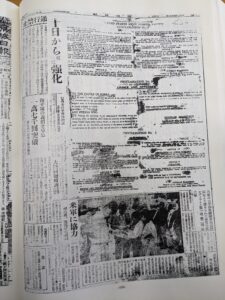

More historical photos of the Surrender of Imperial Japan in Korea (National Museum of the U.S. Navy): link
